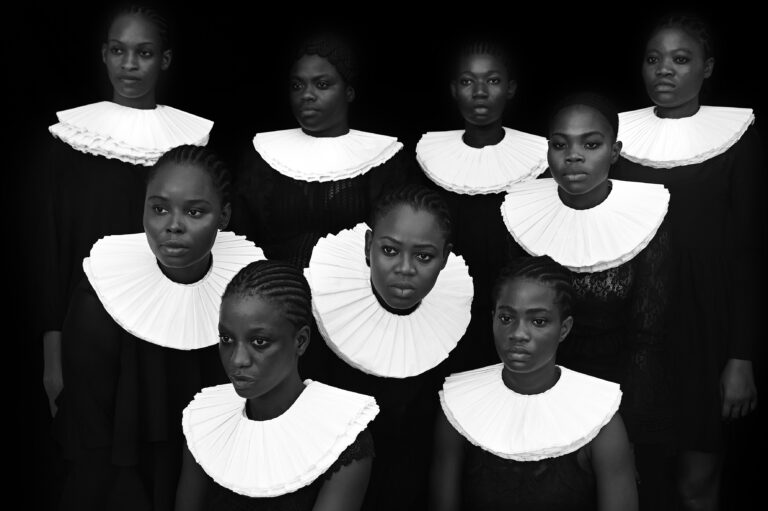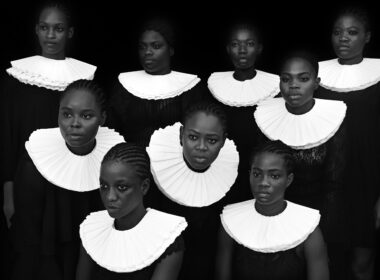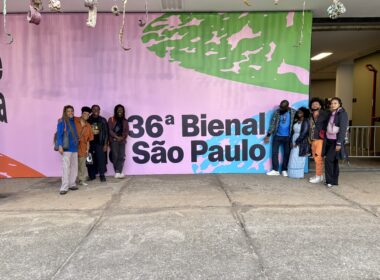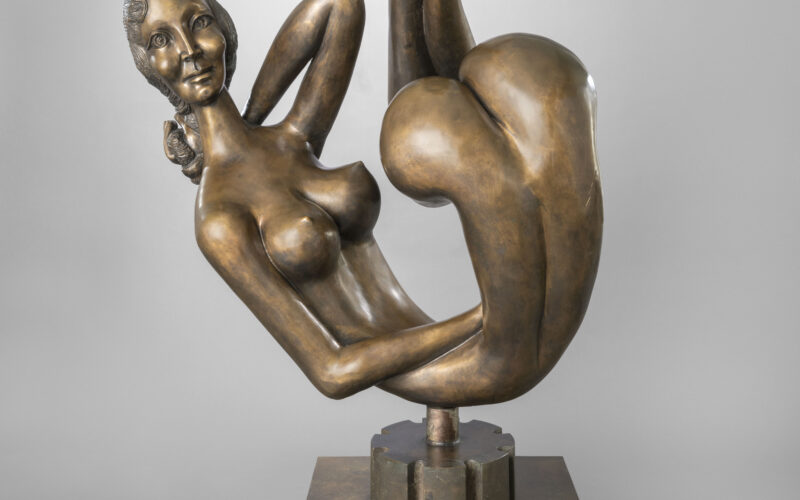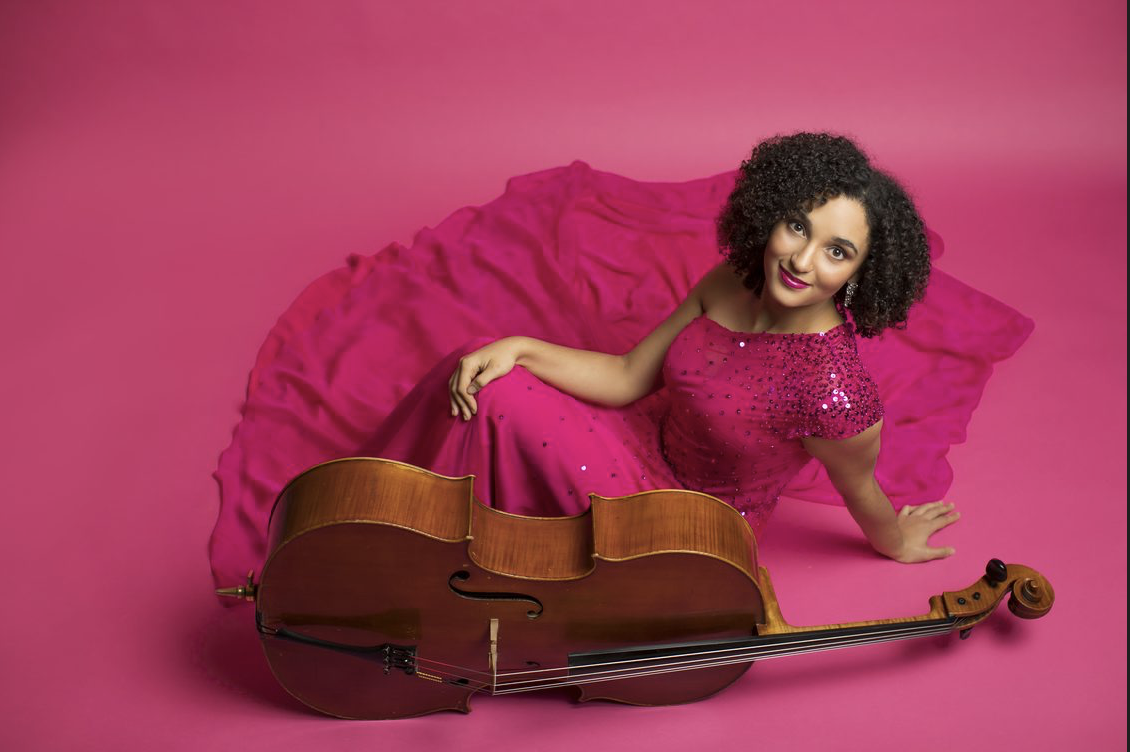In a significant addition to the cultural landscape, the John Rhoden Sculpture Garden will open this Friday, offering a dedicated outdoor space to showcase the remarkable bronze works of the acclaimed African American artist. This will be the first garden of its kind focused exclusively on Rhoden’s sculptures, providing visitors with a dynamic, open-air environment to engage with his artistry.
Located at the Hammonds House Museum, the sculpture garden features ten of Rhoden’s striking pieces, making it a permanent and defining attraction for the institution. The unveiling on Friday, September 20, from 6:30 to 8:30 p.m., will coincide with a broader exhibition from the Hammonds House Museum Collection, which delves into the rich interconnections between African, African American, and Caribbean artistic expressions.
This accompanying exhibit promises to immerse visitors in the cultural and historical context of the Black Atlantic, highlighting the intricate tapestry of artistic traditions that have evolved across continents. It will showcase a thought-provoking selection of paintings and mixed-media works, further expanding the dialogue on African diaspora art.
With Rhoden’s sculptures set against the backdrop of this significant exhibition, the event is poised to be a major highlight for art lovers and cultural historians alike, blending past and present artistic legacies. The opening will be on Friday, September 20 from 6:30-8:30 pm. To RSVP, click HERE.
“We are pleased and honored to be able to gift these sculptures to Hammonds House Museum. John Rhoden’s career was shaped by his connections to educators and exhibition opportunities in Atlanta during his lifetime, and this makes it especially appropriate that his artistic brilliance will be on view for Atlanta audiences now and into the future.” Brittany Webb, Evelyn and Will Kaplan Curator of Twentieth Century Art and the John Rhoden Collection, Pennsylvania Academy of the Fine Arts.
Webb, along with Halima Taha, Artistic Chair of Hammonds House Museum, are dedicated to ensuring that intellectually and culturally diverse audiences have an opportunity to learn about and to engage with John Rhoden’s work. Their shared commitment to preserving Rhoden’s legacy led to the creation of the John Rhoden Sculpture Garden at Hammonds House Museum.
“Brittany Webb’s scholarship on John Rhoden profoundly inspired my efforts to create the museum’s first permanent installation, the John Rhoden Sculpture Garden. This project is a testament to our commitment to making art accessible and engaging for everyone, from our immediate community to national and global audiences. By developing our museum campus as a destination where art is for all who seek to learn about themselves through the lens of talented artists, we aim to foster a spirit of curiosity, discovery, and personal growth. The John Rhoden Sculpture Garden will serve as a dynamic, welcoming space that celebrates this remarkable artist’s legacy and inspires visitors to connect with the transformative power of art.” Halima Taha.
Born in Birmingham, Alabama, John Rhoden(1916-2001) showed sculpting prowess early in his youth. As a student at Talladega College (1934-36), he met artist Hale Woodruff who advised him to visit New York City. Following Woodruff’s advice, Roden went to New York and met major figures who were crucial to his artistic development including Alain Locke, writer, philosopher, educator and the acknowledged “dean” of the Harlem Renaissance; Augusta Savage, sculptor and founder of Savage Studio of Arts and Crafts; and nationally acclaimed artist Jacob Lawence.
Rhoden served in the military in World War II (1943-46). After the war he attended Columbia University and it was there he met and fell in love with painter and fellow art student Richanda Phillips.
In 1951 Rhoden received a Fulbright fellowship and was accepted to the American Academy in Rome. From 1952 to 1954, he had access to a studio with thirty-foot ceilings, allowing him to work in large-scale bronze sculptures. In 1953 he won the Rome Prize, and in 1954, John Rhoden and Richanda Philips married in the Eternal City.
In 1955 Rhoden was sponsored by the US Department of State to go on an international tour, visiting Ireland, Norway, Italy, Germany, Egypt, Kenya, Rhodesia, Uganda, Zanzibar, India, Korea, Japan, and the Philippines. And In 1958 and 1959, he received a grant from the State Department to tour the Soviet Union, Poland, and Yugoslavia.
Also, in 1959 Rhoden received a grant from the Rockefeller Foundation to study ancient and modern sculpture in Indonesia. From 1960 t o1962, the Rhodens lived in Bali and Java, where Rhoden collaborated with professors and students at the Institute Teknologi Bandung (ITB).
Although geography and travel were crucial to his work, Rhoden considered himself a New Yorker. He and Richanda settled in Brooklyn Heights in the mid-60’s where they worked out of their home studio. Both taught for several decades in the New York City Department of Education. During this time Rhoden received major commissions from the Harlem Metropolitan Hospitals in New York. His work was also exhibited at the Whitney Museum of American Art, Los Angeles County Museum of Art, African American Museum in Philadelphia, Birmingham Civil Rights Institute, and others.
The Rhodens lived in Brooklyn Heights until John passed away in 2001. In 2017 the Rhoden estate entrusted the Pennsylvania Academy of the Fine Arts (PAFA) to give John Rhoden his long overdue recognition with his first career retrospective from October 5, 2023-April 7, 2024. PAFA also assumed responsibility for preserving Rhoden’s legacy and the collection of more than 300 pieces of his works.
